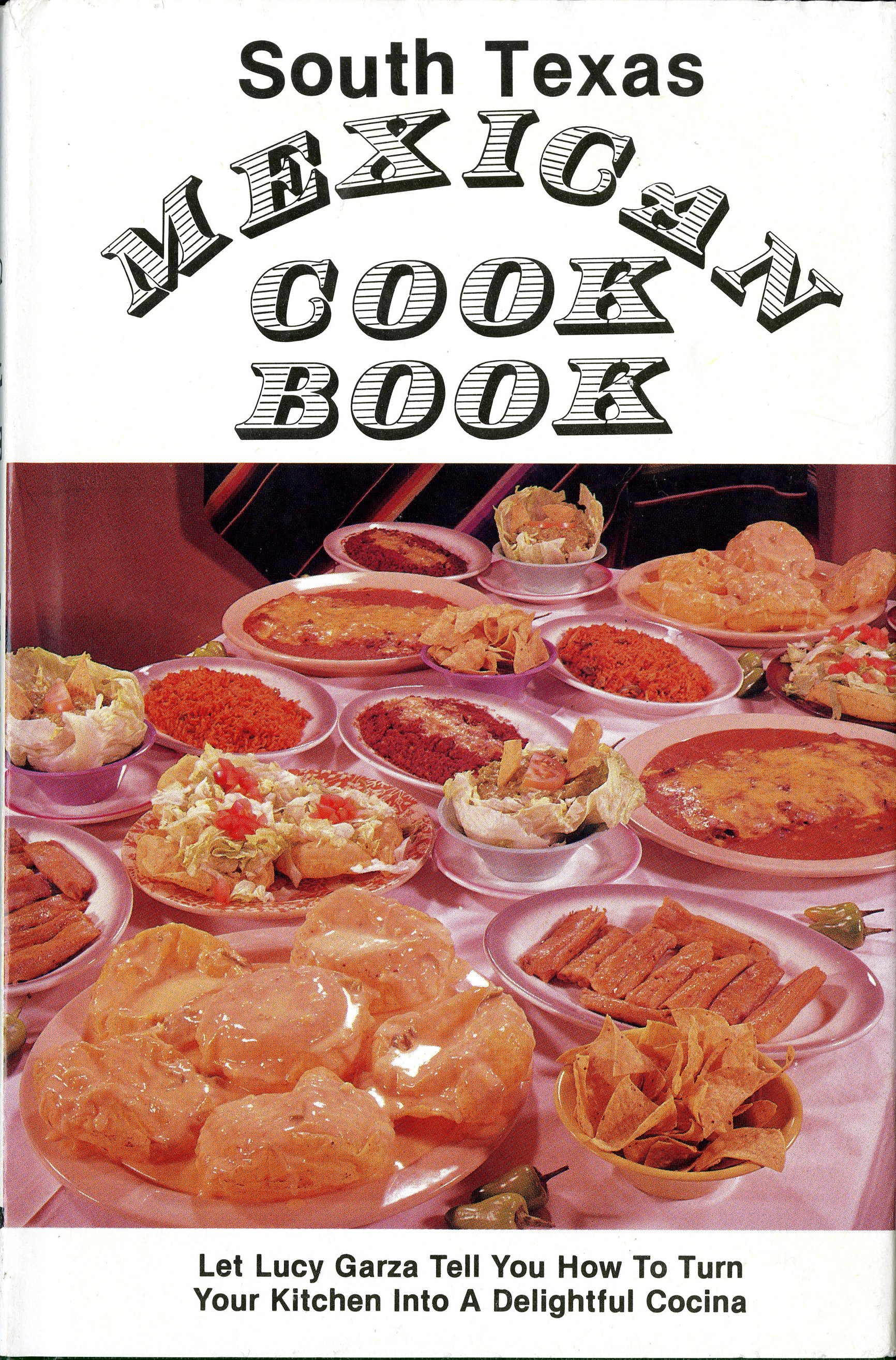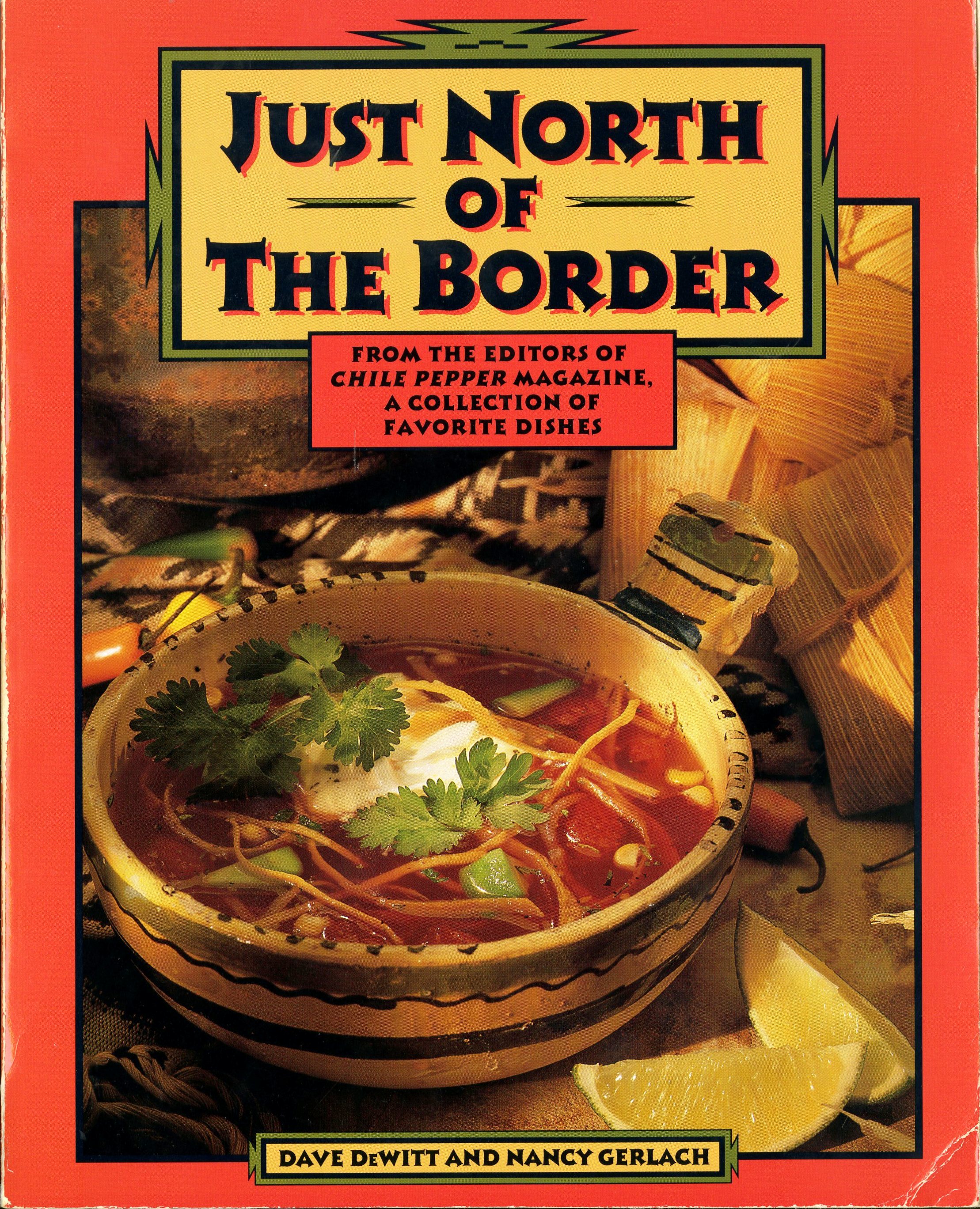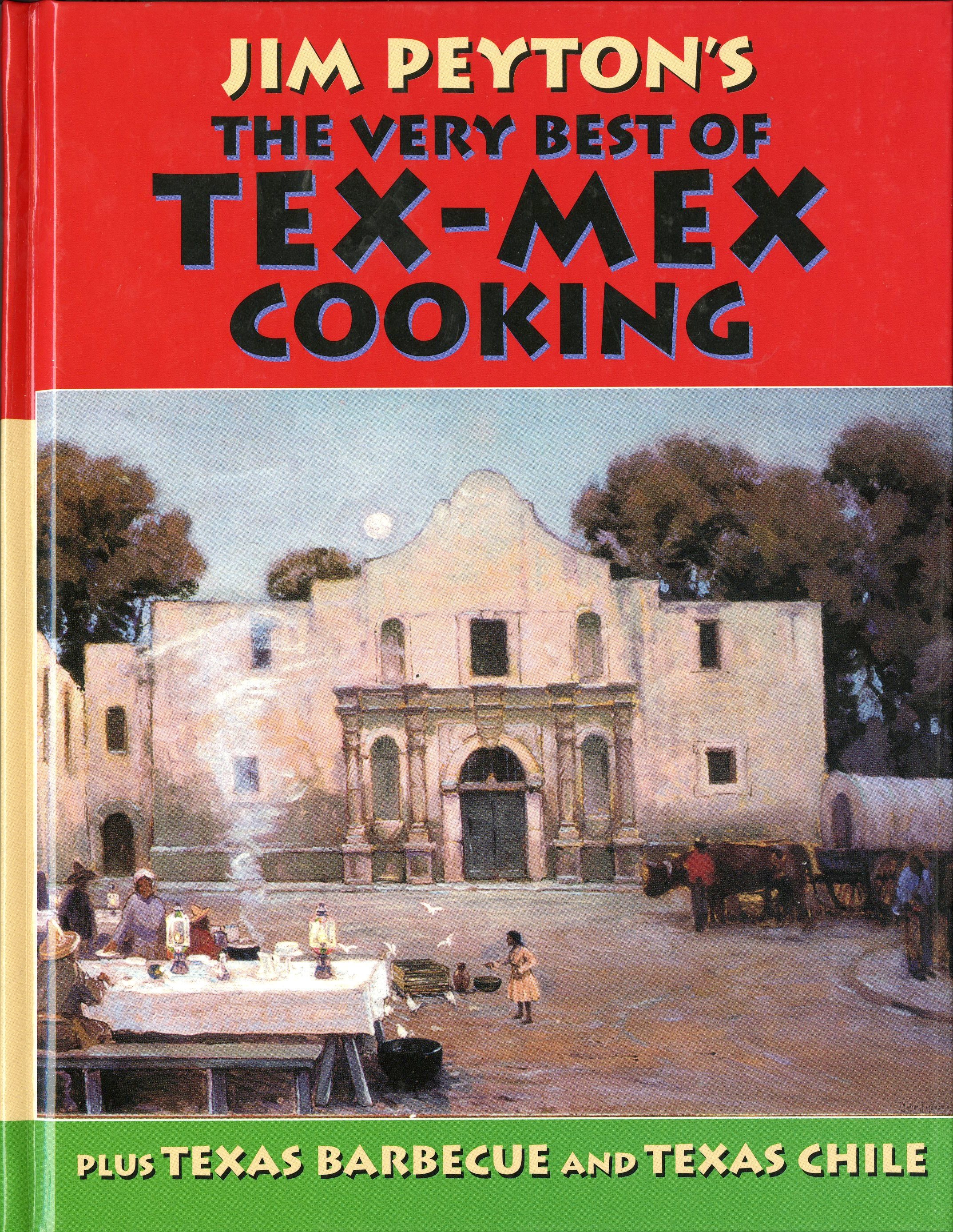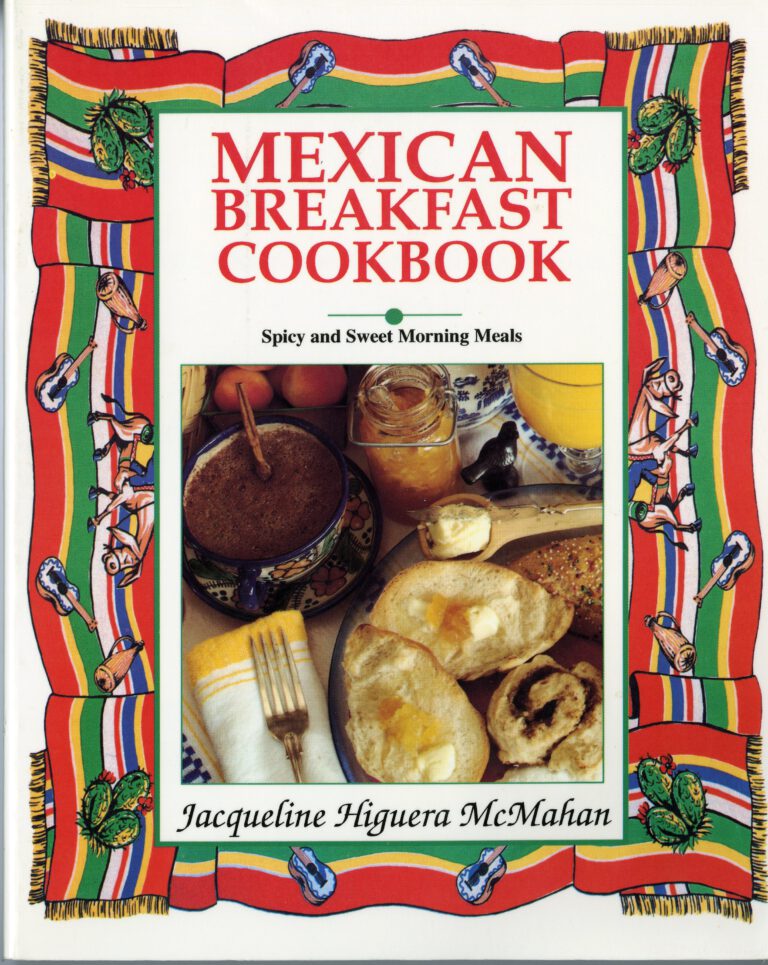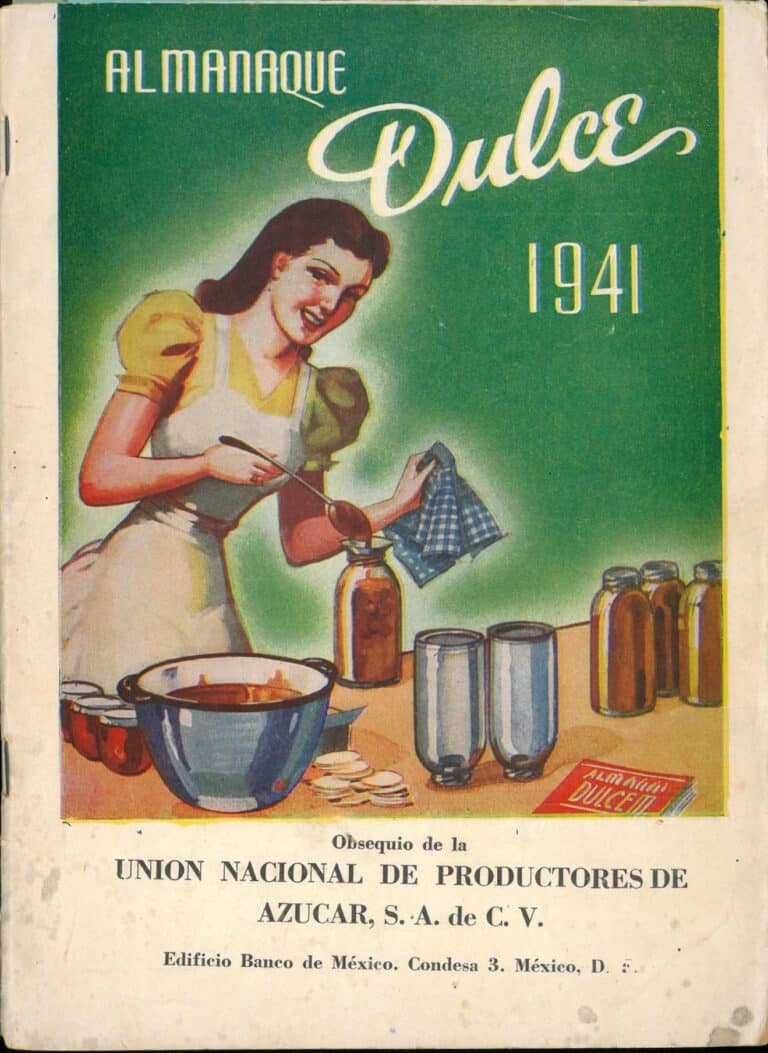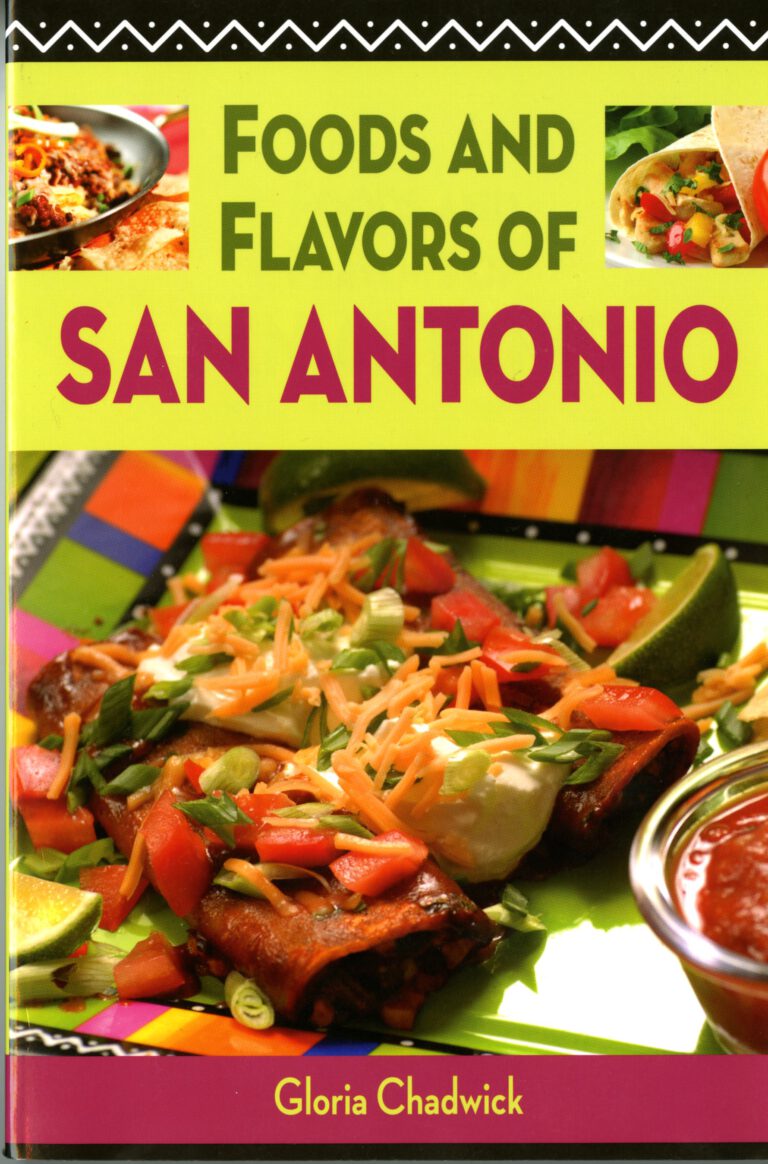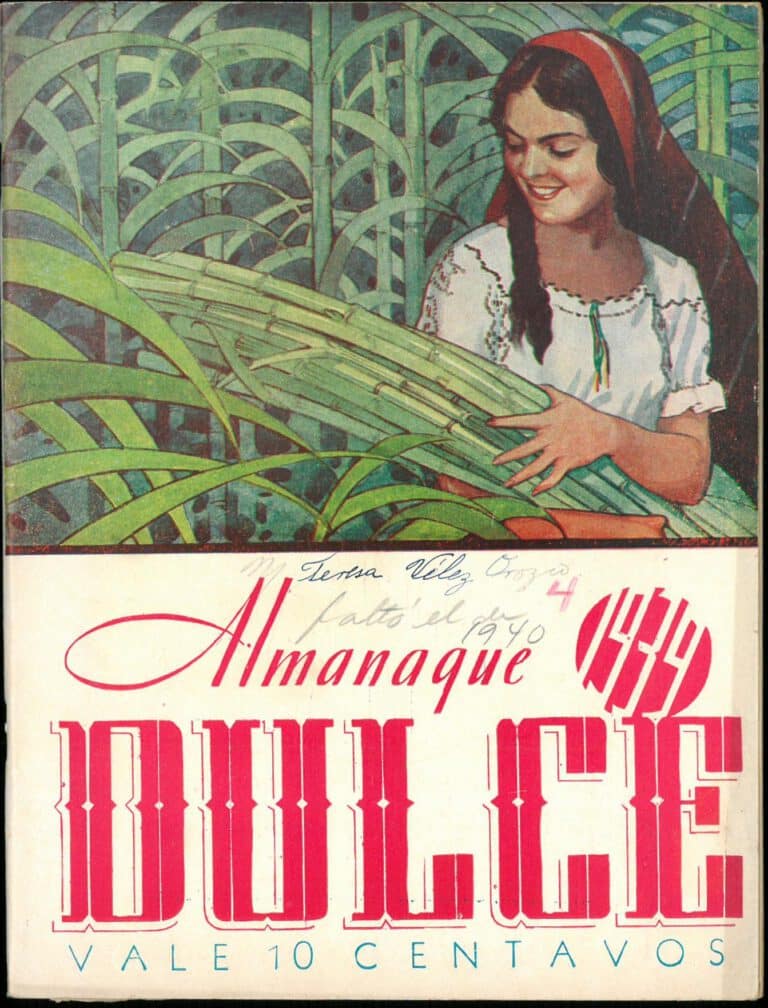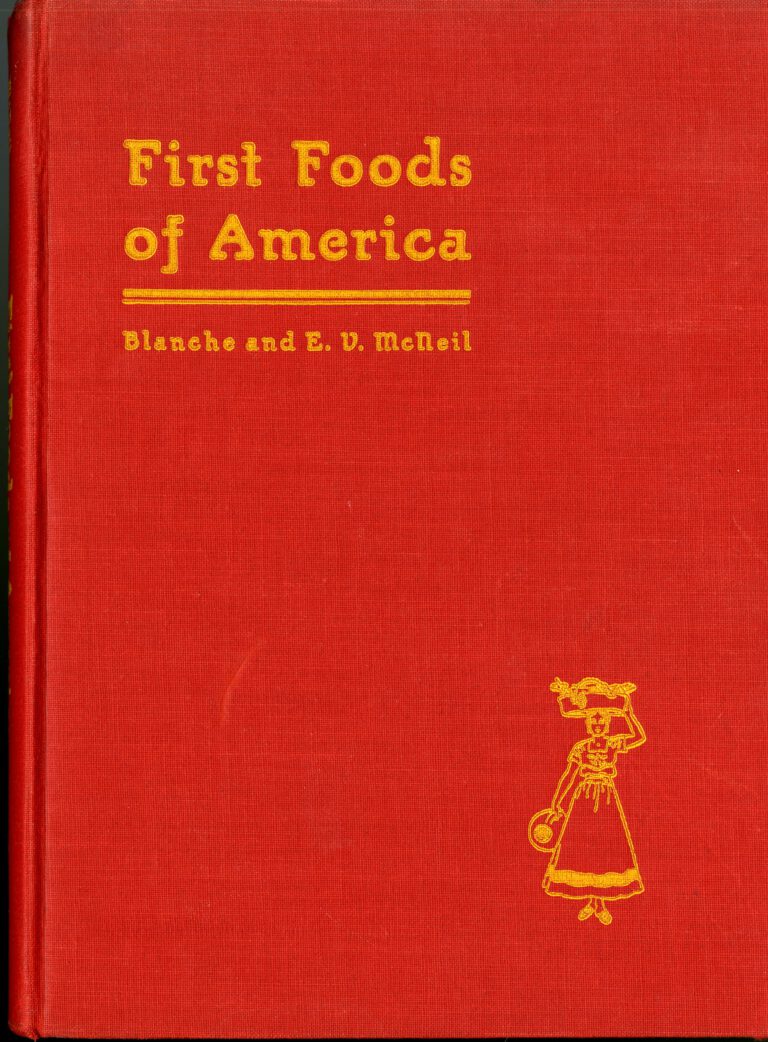Tex-Mex: A Regional Cuisine
Texas was part of New Spain and then Mexico for longer than it has been part of the United States. Tejanos formed a significant portion of the population from the beginning, and even after political separation, ongoing immigration from the northern Mexican states of Coahuila, Nuevo Leon, and Tamaulipas continued to tie Texas and Mexico together culturally and culinarily.[1] Norteño-style Mexican cooking melded with the influences of other Texas immigrants, using available ingredients to create a unique cuisines [2]
However, the term “Tex-Mex” did not appear in print until the 1940s, when it was used to refer to the mix of English and Spanish often used along the Texas-Mexico border. Only in the 1970s did it become associated with food, initially in a pejorative way.[3] In the Essential Cuisines of Mexico in 1972, for example, culinary maven Diana Kennedy rather disparagingly contrasted “the combination plate” (often associated with Tex-Mex cooking) with “the wonderful play of texture, color, and flavor that makes up an authentic, well-cooked Mexican meal”[4]
However, as the popularity of Texas-style Mexican food spread, the negative use of the term largely (though not not entirely) subsided, and by the 1990s numerous cookbooks were published proudly declaring their focus on Tex-Mex cooking and defending its virtues, even while acknowledging its limitations.
By and large, Tex-Mex cuisine involves relatively few ingredients in straight-forward combinations using fairly simple methods. It is true that Tex-Mex lacks the layered complexity of many interior Mexican dishes, but as self-identified Tex-Mex chef Matt Martinez points out, simplicity has its own virtues–“it’s a cultural experience, something uniquely American. It’s fun food; you can eat most of it with your hands. And you can cook most of it using one skillet, one pot, and one knife.”[5]
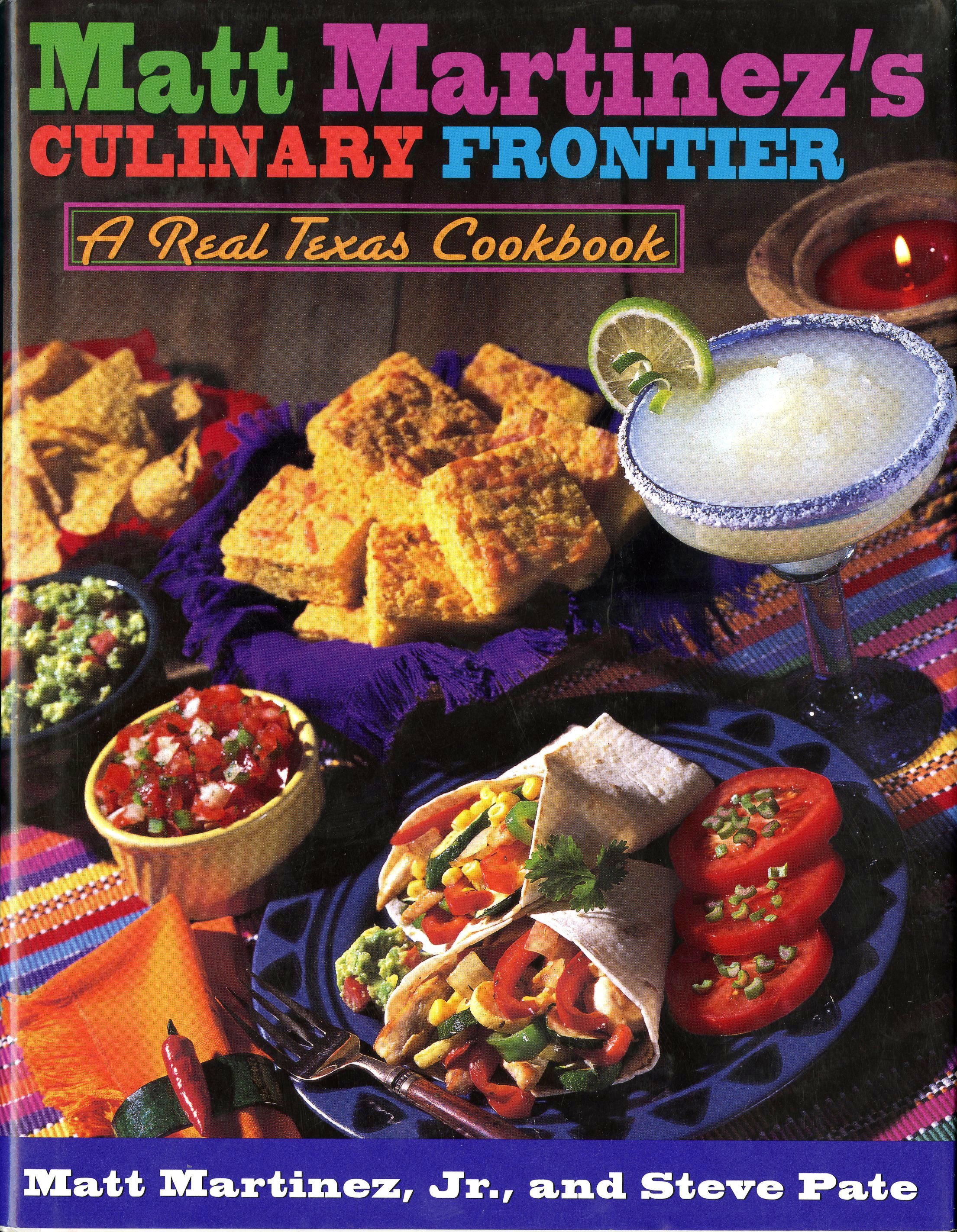
Tex-Mex is heavily influenced by the fiery cuisine of Mexico’s northern states. The most commonly used chiles in Tex-Mex food are the mild poblanos (frequently stuffed with cheese), spicy green serranos (used in fresh salsas), chilipiquín (found in soups and stews) and jalapeños (often cooked in enchilada sauces or huevos rancheros).[6]
Tex-Mex is characterized by a heavy use of antojitos (corn and tortilla-based items like tacos and tostadas), and a heavy reliance on beef, cheddar cheese, and gravy-style enchilada sauces differentiate Tex-Mex from its Mexican heritage [7].
Fajitas are a relatively recent addition to the Tex-Mex line-up, but the Texas “bowl o’ red” chili con carne has a history stretching at least back to the 19th century, when “chili queens” served up bowls in the open-air plazas of San Antonio. Meanwhile, evidence of influence from Eastern, Midwestern, and Southern culinary traditions can be seen in Tex-Mex barbecue and East Texas seafood specialities. [8]
[1] Jim Peyton, Jim Peyton’s The Very Best of Tex-Mex Cooking, Plus Barbecue and Texas Chile (San Antonio: Maverick Publishing Company, 2005), IX. [TX715.2 .S69 P486 2005]
[2] Dave DeWitt and Nancy Gerlach, Just North of the Border (Rocklin, CA: Prima Publishing), 5-8. [TX715.2 .S69 D48 1992]
[3] David Garrido and Robb Walsh, Nuevo Tex-Mex: Festive New Recipes from Just North of the Border (San Francisco: Chronicle Books, 1998), 7. [ TX715.2 .S69 G37 1998]
[4] Diana Kennedy, The Cuisines of Mexico (New York: Harper & Row, Publishers, 1972), 4.[TX716.M4 K46 1972]
[5] Matt Martinez, Jr. and Steve Pate, Matt Martinez’ s Culinary Frontier: A Real Texas Cookbook (New York, Doubleday, 1997), 5. [ TX715.2 .S69 M349 1997]
[6] Dave DeWitt and Nancy Gerlach, Just North of the Border (Rocklin, CA: Prima Publishing), 5-6. [TX715.2 .S69 D48 1992]
[7] Jim Peyton, Jim Peyton’s The Very Best of Tex-Mex Cooking, Plus Barbecue and Texas Chile (San Antonio: Maverick Publishing Company, 2005), XII. [TX715.2 .S69 P486 2005]
[8] Dave DeWitt and Nancy Gerlach, Just North of the Border (Rocklin, CA: Prima Publishing), 6-8. [TX715.2 .S69 D48 1992]

